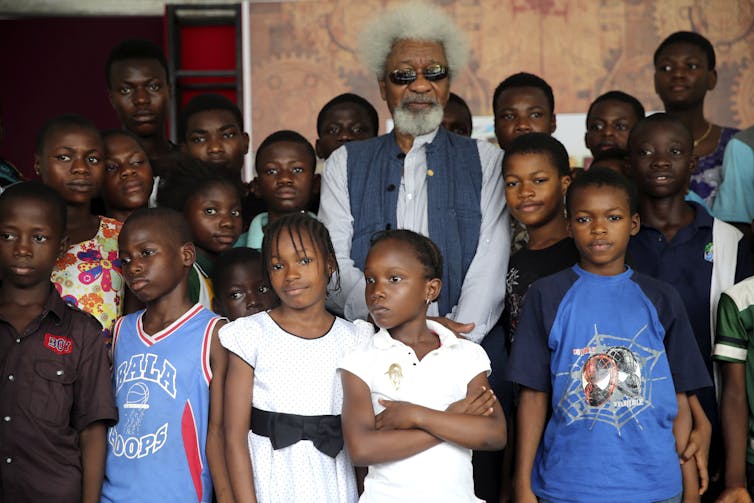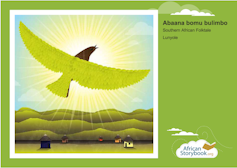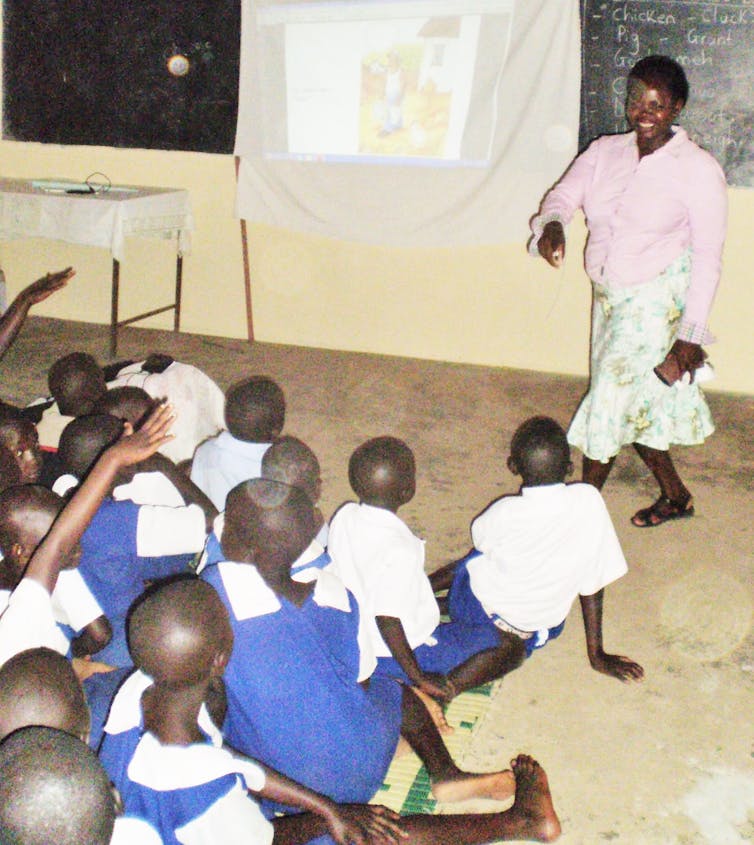
Learning to read in your first language is a firm step on the path to multilingualism. Leading literacy and language scholar Jim Cummins reports that “children who come to school with a solid foundation in their mother tongue develop stronger literacy abilities in the school language.”
The benefits of learning, understanding and speaking in several languages are well-documented. But teaching children in Africa to read in their mother tongues as a springboard to literacy in other languages can be a fraught process.
Research I conducted with doctoral student Juliet Tembe in Uganda’s Butaleja district offered some insight into why this is the case. We examined parents’ attitudes to English and local languages in this rural area. Many parents believe that if their children can speak English they must be making progress at school.
Some hoped that their children would be able to speak English from an early age like their counterparts in Uganda’s urban areas. One said:
I usually admire children who come from outside this area; you can see a child [in their first year of primary school] speaking English. Therefore, [schools in rural areas] should teach more of English first, then the other languages after that.
Parents were ambivalent about their children learning to read in the dominant local language, Lunyole. They were worried that spending time on Lunyole literacy would make it harder to promote literacy in the area’s more socially and economically powerful language – English.
Building a space for African stories
If the challenge of parental attitudes can be addressed, another obstacle looms. There is a drastic shortage of appropriate reading materials in languages familiar to young children in Africa. There are about 2000 different tongues spoken on the continent.
The South African Institute for Distance Education (Saide) launched a project in 2013 that is promoting early reading using open-access digital stories in multiple African languages as well as English, French and Portuguese.
These stories are collected on an interactive website, The African Storybook Project. The project started in Kenya, Uganda, South Africa and Lesotho and has spread to Niger, Ghana, Rwanda, Ethiopia, Tanzania and Mozambique.

There are 348 unique illustrated stories on the website in 1025 translations and 42 languages – and the numbers keep rising.
Some stories were developed in workshops with teachers, student teachers, parents and community librarians. There are also stories donated by publishers or established authors as well as stories that people have created using a tool on the website.
The site allows teachers, librarians, parents and children to read, translate the stories they like into a local language or dialect, adapt them to the required reading level, download and print them. The stories can also be read on mobile phones and tablets.
Challenges and lessons
Three key issues have emerged since the African Storybook Project launched two years ago.
1) Access: to be most effective the project needs electricity and internet. This is not always possible, particularly in remote and rural areas. Saide is experimenting with several ways to improve access: using cellphones, setting up intranets, bringing in overhead and data projectors and providing readers with cheap black and white printouts.

2) “Suitable” content: this is an ongoing challenge in a multi-community, multi-country project. Many of the stories that have been collected come from rural communities. Their contexts are very specific to these communities and they are often designed for oral storytelling.
If these stories are supposed to be used as illustrated books that young children can read alone, how should they be translated into other languages and for other communities or contexts?
It’s also important to decide whether there should be criteria for suitability and how these should be applied. Some people have objected to sexual references in one story, for instance, while others are concerned about stories that hint at domestic violence.
3) Research in the project’s four pilot countries reveals that there’s very little attention in teacher education to early grade reading instruction – particularly in African languages. If reading instruction is covered at all in teacher education courses, it is usually assumed that the same skills used to teach English reading apply in any other language.
But many African languages have not been standardised in the same way as English. Simply cutting and pasting the methods used to teach children how to read in English onto reading in African languages may not work. There is a great deal of debate about which rules of spelling, hyphenation, capitalisation, word breaks and punctuation should apply to the written forms of various African languages.
Ongoing research is built into the project. It will be used to address these and other issues as they arise. The early signs suggest that the African Storybook Project has exciting potential for educational and social change on the continent.
***
This article was co-authored by Tessa Welch, the project director of The African Storybook Project and programme specialist in charge of teacher education at the South African Institute for Distance Education.
Bonny Norton, Professor, Department of Language & Literacy Education, University of British Columbia
This article is republished from The Conversation under a Creative Commons license.





